50+ Sample Agreement Forms
-
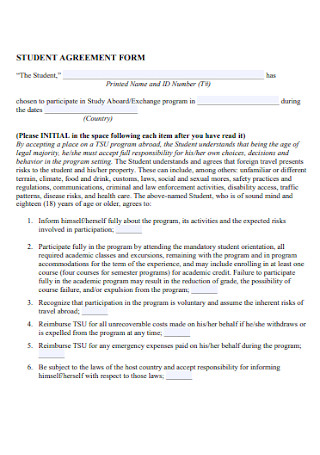
Student Agreement Form
download now -

Court Agreement Form
download now -
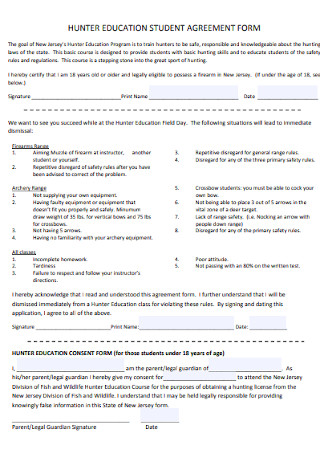
Education Student Agreement Form
download now -

Sample Member Agreement Form
download now -
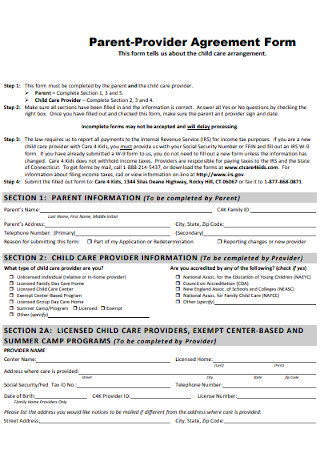
Parent Provider Agreement Form
download now -
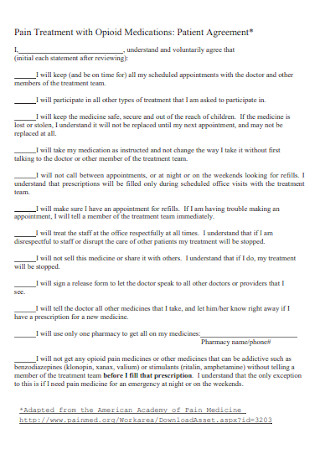
Sample Patient Agreement Forms
download now -
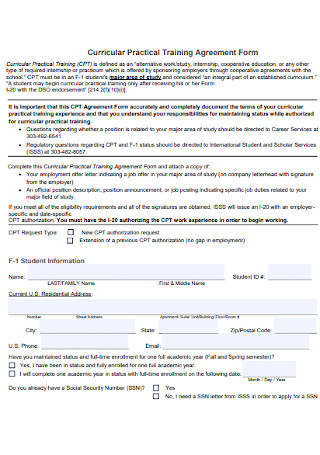
Curricular Practical Training Agreement Form
download now -

Residential Tenancy Agreement Form
download now -
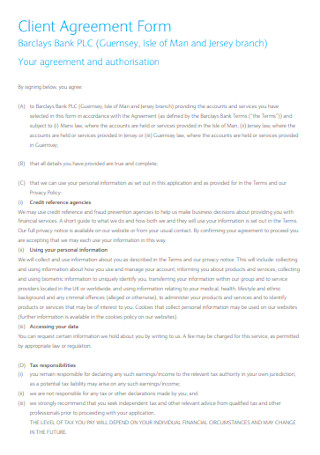
Client Agreement Form
download now -
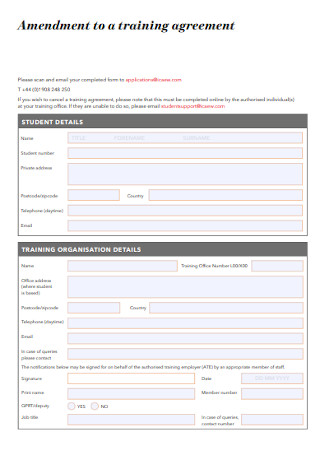
Amendment to a Training Agreement Form
download now -
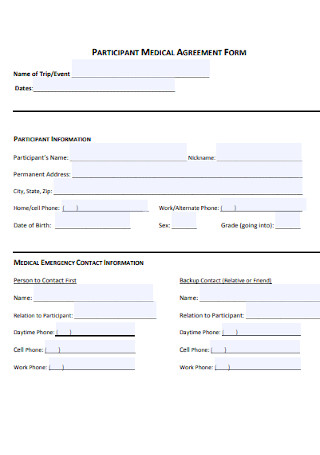
Medical Agreement Form
download now -

Site Agreement Form
download now -
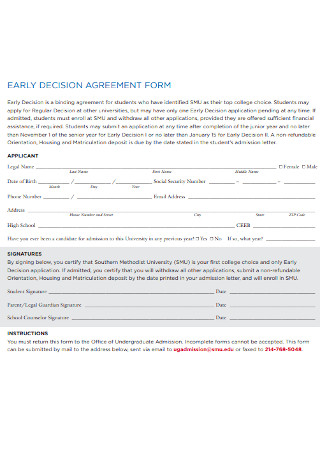
Early Decision Agreement Form
download now -
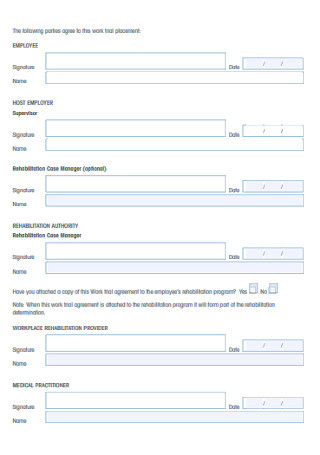
Work Trail Form Template
download now -
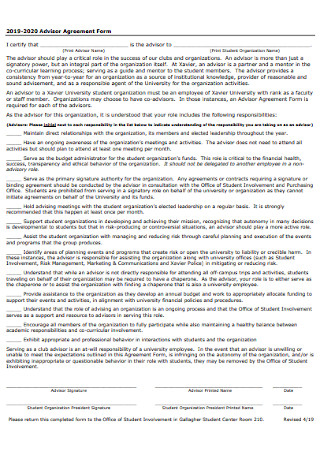
Advisor Agreement Form
download now -
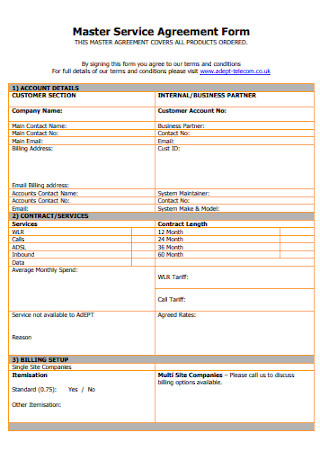
Master Service Agreement Form
download now -
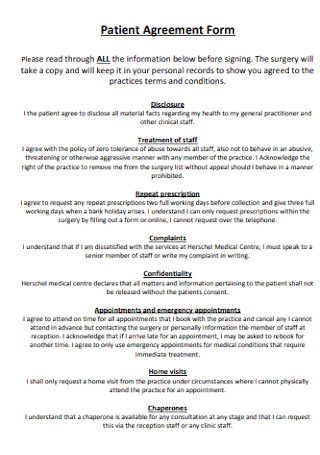
Patient Agreement Form
download now -
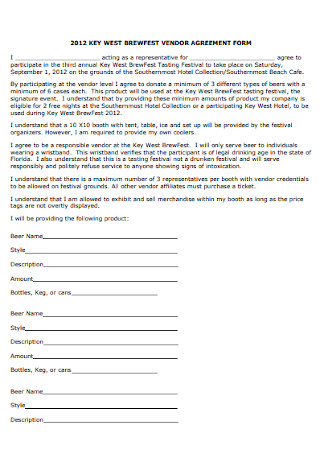
Vendor Agreement Form
download now -
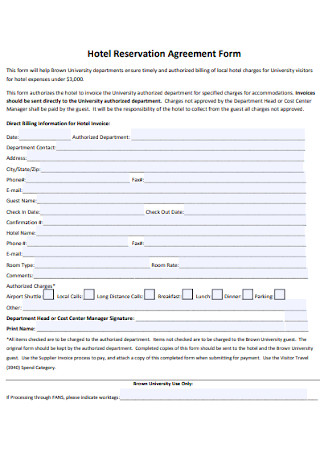
Hotel Reservation Agreement Form
download now -

Laptop User Agreement Form
download now -

Vendor Agreement Form
download now -
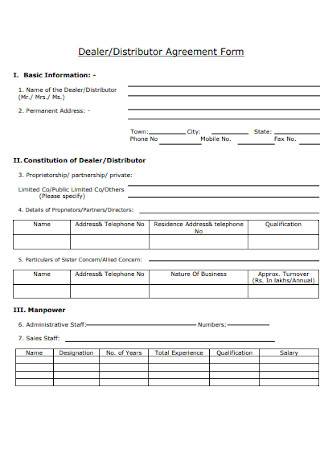
Distributor Agreement Form
download now -
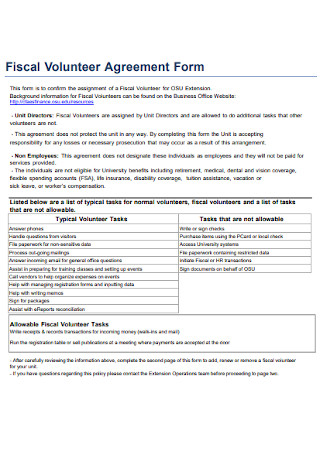
Fiscal Volunteer Agreement Form
download now -
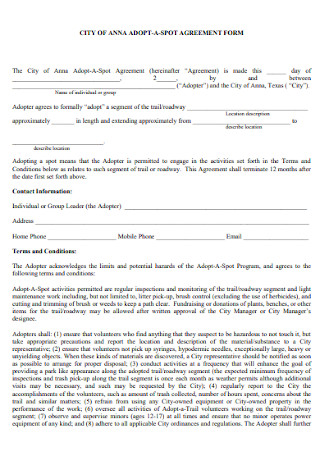
Volunteer Spot Agreement Form
download now -
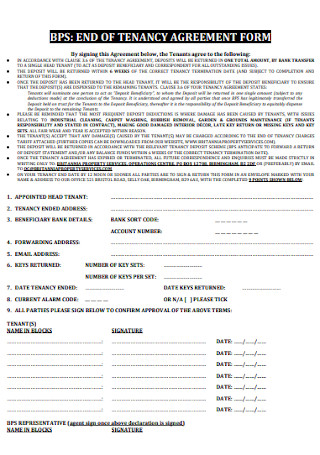
Tenancy Agreement Form
download now -
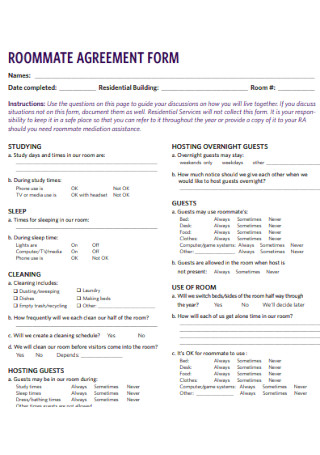
Roommate Agreement Form
download now -
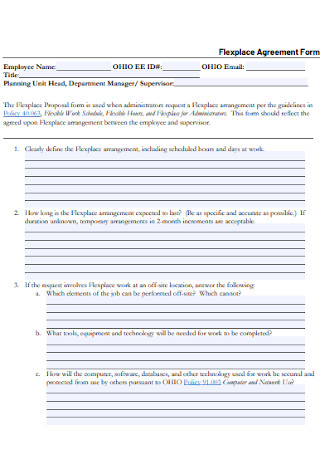
Flexplace Agreement Form
download now -
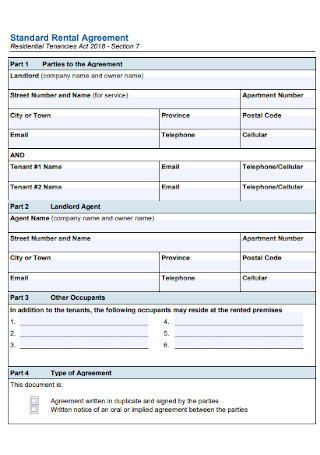
Standard Rental Agreement Form
download now -
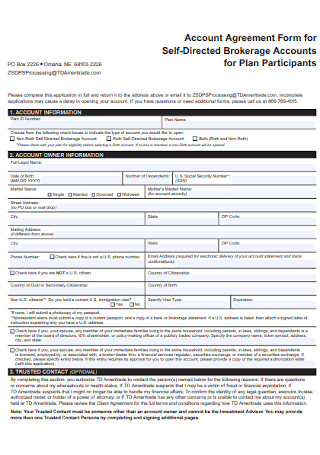
Account Agreement Form
download now -

Agreement Form for College Teachers
download now -
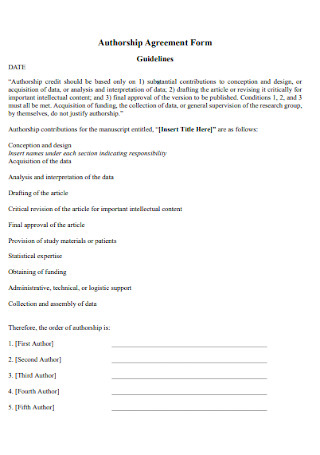
Authorship Agreement Form
download now -
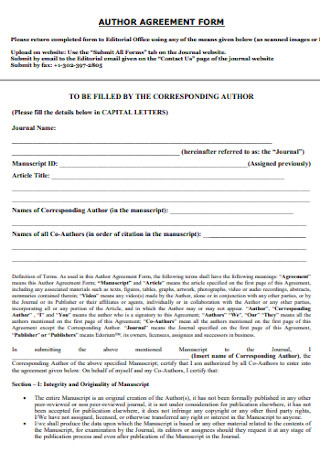
Author Agreement Form
download now -
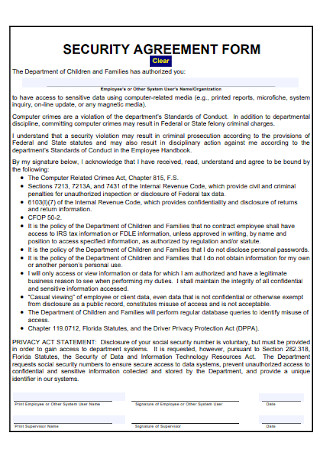
Security Agreement Form
download now -
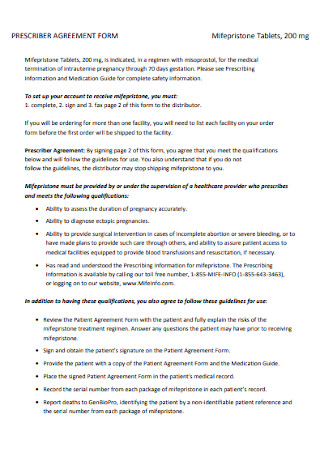
Presriber Agreement Form
download now -
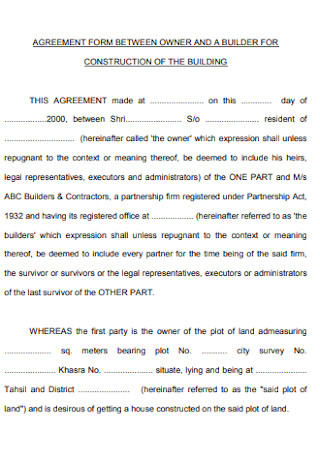
Construction Agreement Form
download now -
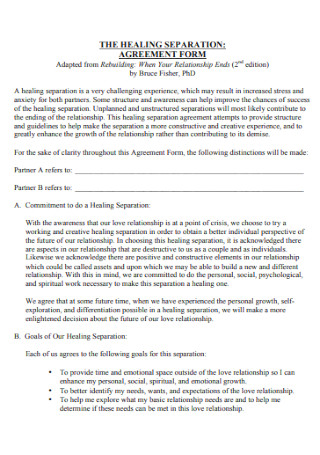
Separation Agreement Form
download now -
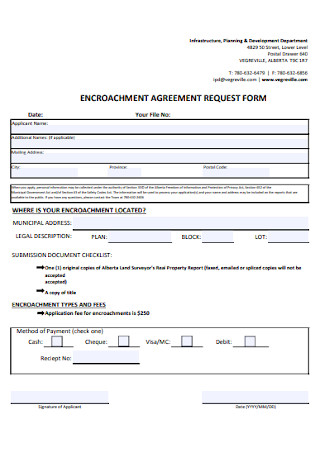
Encroachment Agreement Request Form
download now -
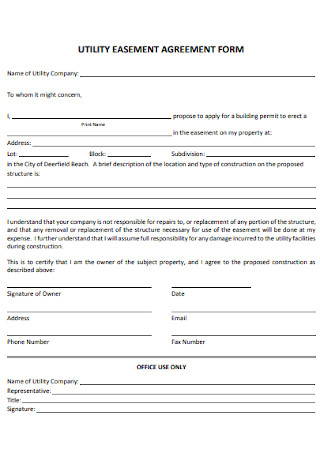
Utility Easement Agreement Form
download now -
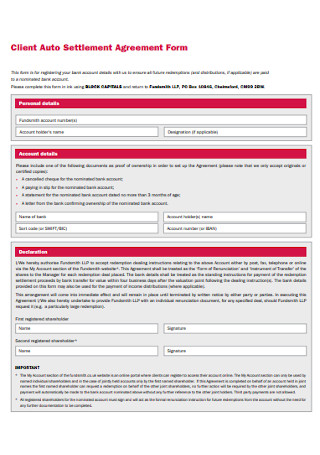
Client Settlement Agreement Form
download now -
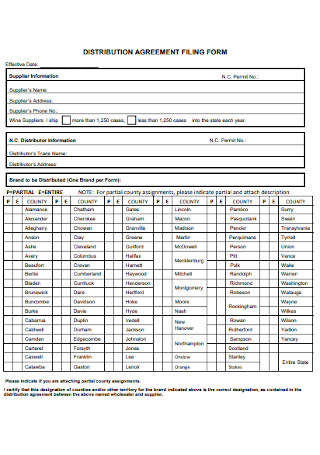
Distributor Agreement Filling Form
download now -
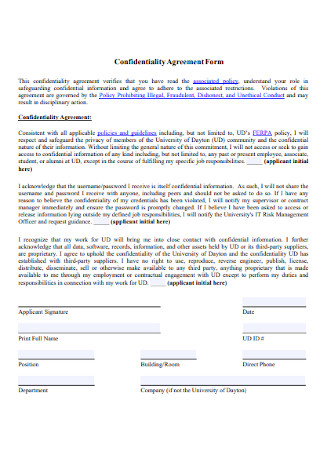
Confidentiality Agreement Form
download now -
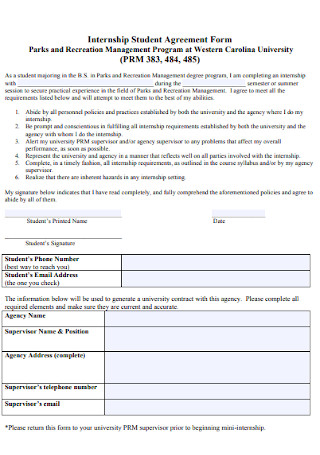
Internship Student Agreement Form
download now -
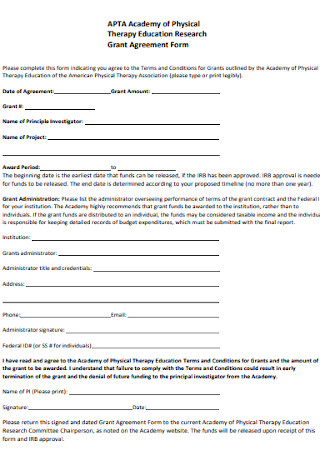
Education Grant Agreement Form
download now -
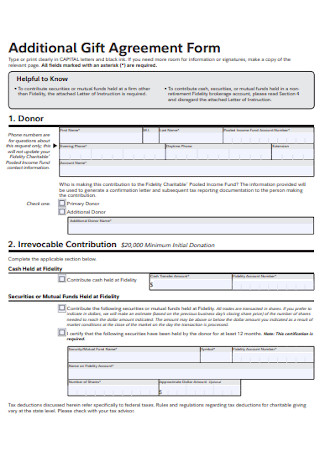
Gift Agreement Form
download now -
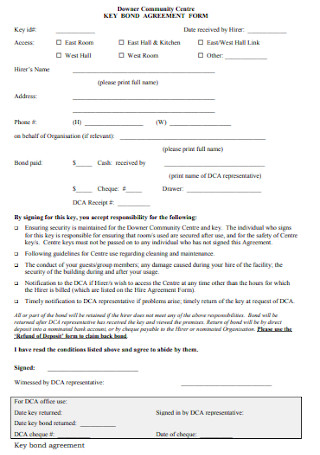
Bond Agreement Form
download now -

Free Retainer Agreement Form
download now -
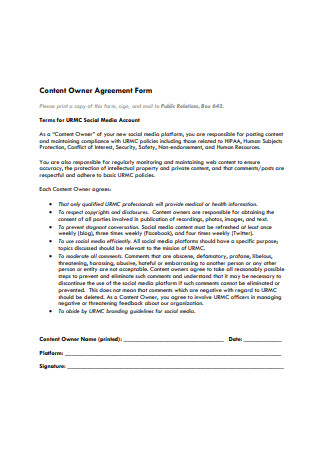
Owner Agreement Form
download now -
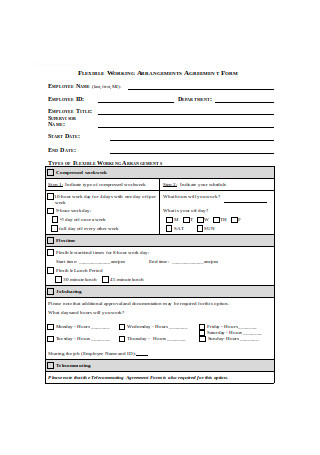
Sample Employee Agreement Form
download now -
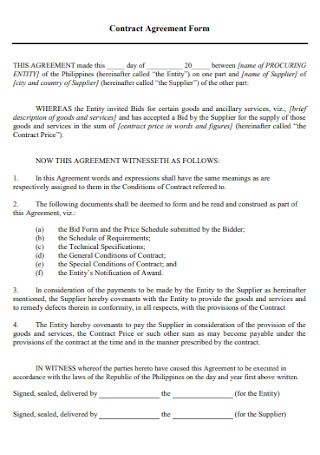
Contract Agreement Form
download now -
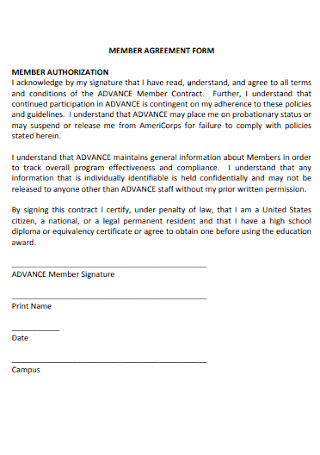
Member Agreement Form
download now -
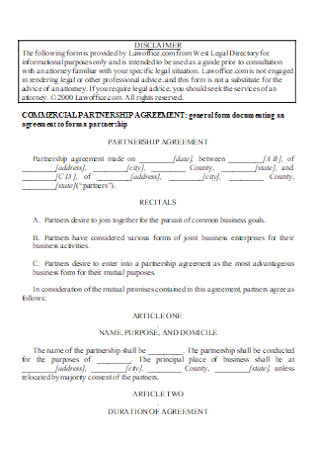
Partnership Agreement Form
download now
FREE Agreement Form s to Download
50+ Sample Agreement Forms
Agreement Forms: What Are They?
Deal or No Deal: Examples of Agreements
What Are the Elements of an Agreement Form?
How to Write an Agreement Form
FAQs
Is an agreement a contract?
What makes an agreement binding?
Should I require signatures in my agreement form?
Agreement Forms: What Are They?
Any business should include professionally-made agreements. And that agreement is relevant whether you are a freelancer, a small business, or a big corporation. But why is that? An agreement form outlines a business relationship, meaning the terms and stipulations between its parties will be written. With so many agreements out there, it may be challenging to know what every deal needs. Hence, the forms spell out the essential details. And even if those documents may not always be enforceable by law, those are still helpful in avoiding disputes.
According to Statista, there were already 5.98 million American small businesses in 2017.
Also, did you know that one in five jobs in the US involves a worker under contract?
More so, National Public Radio (NPR) reported that 20% of American employees are contract workers expected to fulfill particular projects at a fixed period.
Why Is an Agreement Form Important?
The agreement form is crucial as it notes the essential details between two or more parties under a business transaction or relationship. Its content would answer your questions regarding contact information, regulations, conditions, and other specific instructions. So instead of memorizing a lot of information to follow, allow the document to remind you with every detail. Moreover, you prevent conflicts and disputes when the form is legally binding. Thus, it transforms into a binding contract, and one out of five jobs in America even has a contract. That is, according to NPR.
Deal or No Deal: Examples of Agreements
NPR told us that around 20% of workers in America are contract employees, and are expected to deliver tasks within a fixed period. Hence, a lot of business agreements are at play there. Although the uses of agreement forms are endless, we will show you a list of where agreements are commonly used and how they are applied.
What Are the Elements of an Agreement Form?
By now, you can admit that there really are a lot of applications in agreements. In fact, the examples stated above are just a glimpse of how many agreements can be conducted. However, what makes agreements work is when the important elements that make up an official agreement exist. So what are they? Here are the elements of an agreement form:
Party Information
In an agreement, a common question to ask is, “Who are the parties agreeing in the first place?” Expect the party details to be introduced. Why so? This element recognizes who the landlord and the renter in a rental are, the supervisor and the employee at work, and so forth. Be sure to state their legal name and contact information.
Terms and Conditions
The main reason an agreement, contract, or memorandum is respected is due to the stipulated terms. Writing the rules is not for naught because every rule helps promote clarity and order in a deal. But, conflicts and problems are possible if the terms or conditions are not written correctly. Hence, be careful what you pen in the agreement.
Agreement Duration
The duration of the agreement is another essential component. That is because the other party who signs the form might wonder when the deal starts. The same goes for anyone who wonders how long the stipulations shall take effect. The solution is to indicate the dates to prevent further questions.
Termination Clause
Sometimes disagreement is inevitable. Any party might back out or fail to follow the requirements. Thus, the solution is to create a dispute and termination clause. The termination of the contract or agreement section decides what consequences and conditions will be done by the party at fault to be fair to the obedient party.
How to Write an Agreement Form
Are you already familiar with the elements? Good. Your main concern now is to know how to make the form itself. Be conscious of the agreement’s content because a slight mistake might change the meaning of the context. Without further ado, here are the steps on how to write an agreement form:
Step 1: Open with an Introductory Statement
First, don’t start from scratch. It will only tire you out. We have sample agreement form templates for you to edit, so you immediately start with the introductory statement. This introduction is where you open what the agreement is. If you simply label “Agreement Form,” then that is not specific enough. The document could be mistaken as a medical, service, school, or any form of agreement. And most importantly, the introduction should recognize the parties.
Step 2: Be Precise
There is no need to complicate things since you can use simple sentences for your agreement. Making the form understandable and less wordy is encouraged here. Also, be brief. An example is when you state that one party is a small business. So which business is it? There were even 5.98 million small businesses in the US last 2017. Don’t let anyone who reads the agreement to guess which company it belongs to.
Step 3: Use a Positive Tone
Be careful with your use of language. Maybe your tone is too threatening or unprofessional. Remember that intimidating other parties only brings a lesser chance for them to sign the sheet. A positive tone helps. However, be professional as well. The whole document is still legal or official. It demands to be respected. A tip is to reread your sentences carefully and assume that you are in the other party’s shoes. How do you feel about the statements? If the answer is a negative reaction, then improve your language.
Step 4: Expound if Necessary
Yes, a straightforward document is excellent. But review if you think the terms and sentences are broad. There are instances where you need to explain. An example is when technical terms and acronyms are used. Don’t assume that the other party knows what those terms mean right away. Provide definitions and expound on particular subjects that need clarification. Discussing further some topics is beneficial to prevent confusing parties.
Step 5: Conclude the Form with Signatures
If you are confident that the form’s content is complete, informative, and understandable, then end it by requiring signatures from all parties. Indeed, not all agreements have to be signed. However, placing signatures is safer to prove that everyone has read and promised to comply with the deal. And don’t forget to register that agreement as a legal document to the proper authorities if necessary.
FAQs
Is an agreement a contract?
Not every agreement is called a contract. Yet, contracts are referred to as agreements often. And to clear things out, an agreement only becomes a contract if:
- The terms incorporate unconditional acceptance
- The agreement specifically said that it is legally binding
- The agreement exchanges money or anything of value
- The parties enforced the law towards the agreement terms or obligations
- The agreement states that meeting the terms transforms the deal into a contract. And this example is often played out in business when parties are expected to enter a contract.
What makes an agreement binding?
An agreement becomes legally binding when an exchange of something valuable occurs between the knowing parties. And such instance often plays out in the corporate world.
Should I require signatures in my agreement form?
First of all, signatures for both contracts and agreements are only optional. You don’t even have to write down every legally binding agreement in a sheet. But, as mentioned before, requiring signatures is for safety purposes. It clarifies if every knowing party understood the deal. Nevertheless, placing signatures takes a second only, so it shouldn’t be that bothering at all.
American cartoonist Kin Hubbard once said, “The fellow that agrees with everything you say is either a fool or he is getting ready to skin you.” Hubbard’s statement tells us that you never really know what everyone’s real intentions are, like if others agree with you a hundred percent or not. So to make sure another party agrees with you, don’t just settle for an oral agreement. It is better to write things down in an agreement form to bind them in an official deal.
